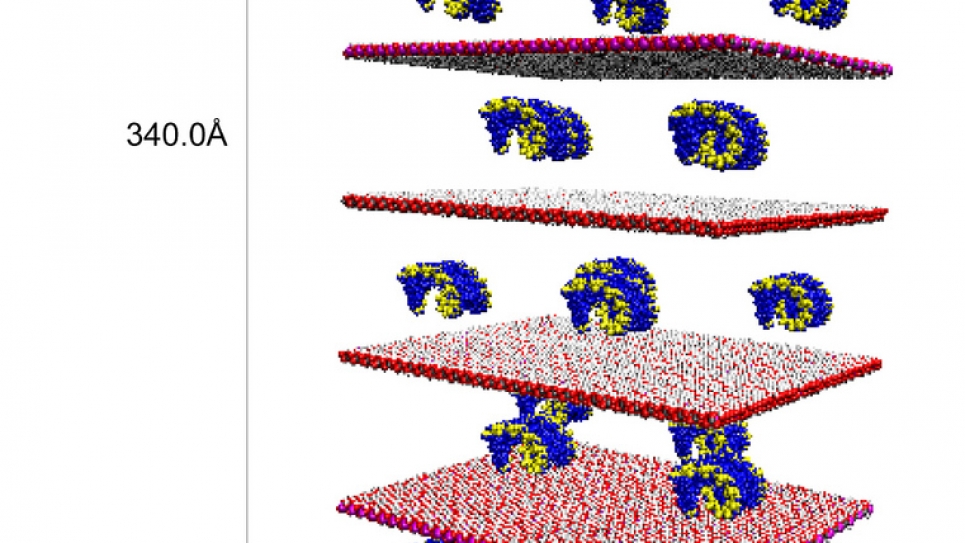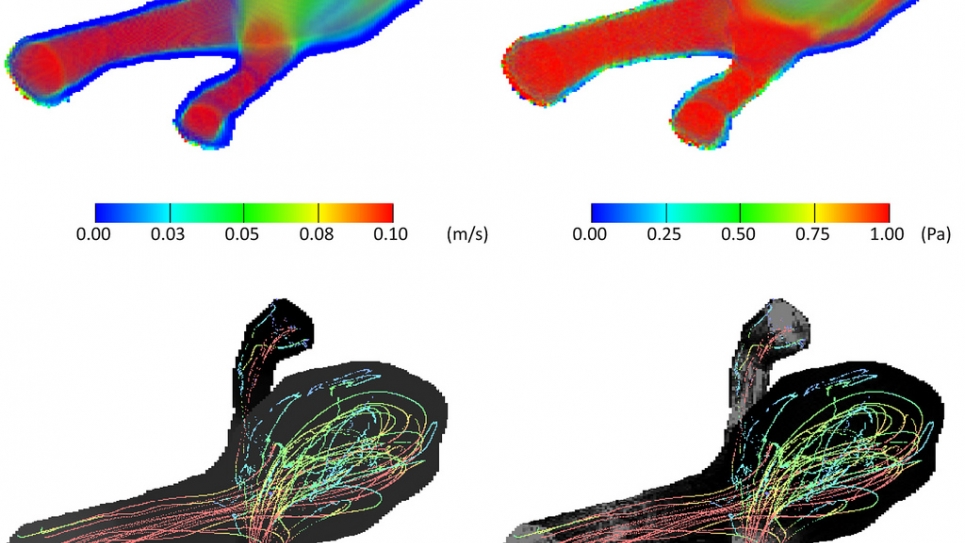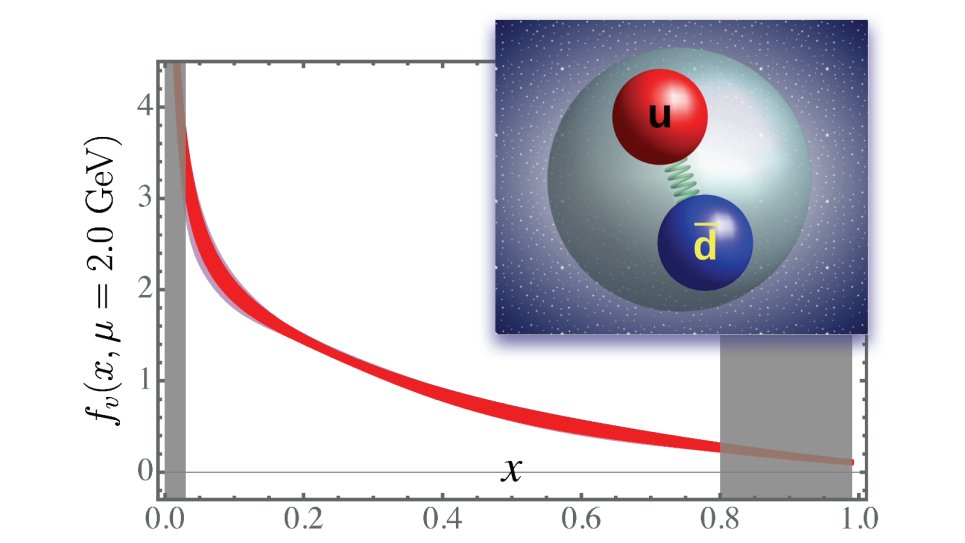
Large scale condensed matter and fluid dynamics simulations
Identifying UPOs in the Navier-Stokes Equations with HYPO4D
University College London researchers are applying dynamical systems theory to three-dimensional fluid turbulence. They are taking a novel space-time variational approach using the HYPO4D code and have located several Unstable Periodic Orbits (UPOs). The main advantage of storing UPOs to represent a turbulent flow is that it needs to be done only once. In the future, the turbulent average of any given quantity can be computed directly from the UPO library with high accuracy and without the need to solve an initial value problem, using the dynamical zeta function formulation. This methodology has the potential to become a new paradigm in the study of large, driven dissipative dynamical systems, not only for the Navier-Stokes equations.
Conducting a Large-Scale MD Study of Clay-Polymer Nanocomposites
This work aims to investigate the complex interaction between clay-mineral systems and (bio-)polymers.
First, researchers at University College London are studying the physical and chemical aspects of clay platelets dispersed in a polymer matrix. Such nanocomposites have attracted widespread interest due to the improved properties they exhibit compared to their constituent parts; this is of great interest to the oil industry. Using replica exchange techniques on the IBM Blue Gene/P Intrepid at the Argonne Leadership Computing Facility allows the researchers to study systems 2-3 orders of magnitude larger than anything else currently published. Understanding the mechanisms by which clay platelets interact would be a major advance and may lead to rational design of materials with desired properties.
Second, they are studying the interactions of (bio-)polymers with clays. Such systems are relevant to origins of life studies. Research into the origins of life has rarely used simulation techniques to understand the possible chemical pathways to the formation of early bio-molecules. This work is providing insight into the structure, conformation, and stability of nucleic acids, while interacting with a clay surface and intercalated in the layered materials, which is extremely difficult to obtain accurately from experiments.
Simulating Brain Blood Flow to Better Diagnose, Treat Aneurisms
Patient-specific brain blood flow simulations are aiming to improve diagnosis and treatment of aneurisms. Researchers from University College London have made significant progress in studying three patients’ internal carotid artery aneurysms. In conducting the simulations, the researchers used HemeLB, a sparse-geometry optimized lattice Boltzmann code, on Intrepid, the 557-teraflops IBM Blue Gene/P, at the Argonne Leadership Computing Facility. Intrepid allows flow calculation at speeds fast enough to be clinically useful. The simulations involved a number of steps—acquiring angiography data, transferring it to local resources, pre-processing locally, staging to remote resources for simulation, and reporting (using interactive steering and visualization).



